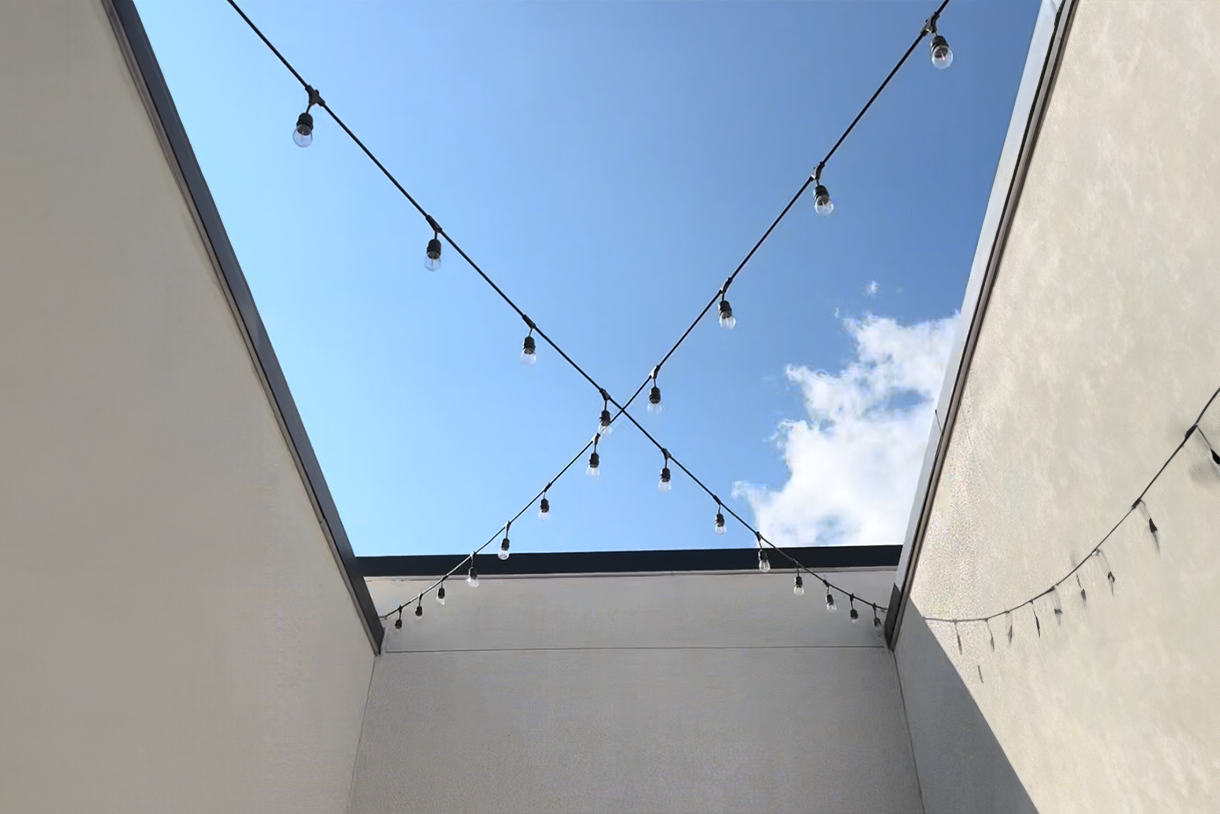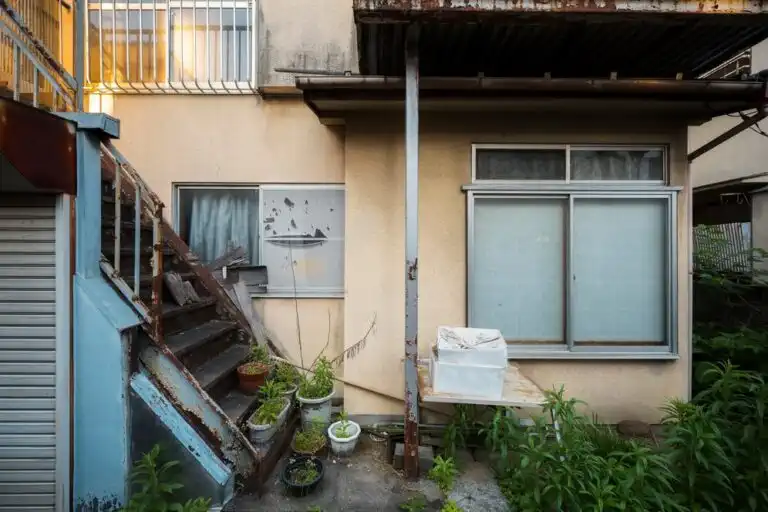Flood damage can be devastating for multi-family developments, affecting both property and residents. Addressing this damage promptly and effectively is crucial to restoring safety and functionality. Understanding the best practices for flood damage repair can make the process more manageable and efficient. By following proper protocols, we can mitigate further damage and ensure that repairs are conducted in a safe and thorough manner.
Knowing when to call for professional help is crucial in ensuring that the job is done correctly and efficiently. Our professionals at Matrix Construction Services are well-equipped to handle extensive flood damage repairs, providing peace of mind and top-quality results.
Assessing The Extent Of Flood Damage
Assessing the extent of flood damage is the first critical step in the repair process. Begin by inspecting all affected areas, both visible and hidden. Look for standing water, moisture in walls and floors, and any signs of mold growth. It’s essential to determine how deep the water penetrated and how long it has been standing. This information will help guide the necessary repairs and indicate any potential structural damage.
Next, check the condition of the electrical systems. Floodwater can severely damage wiring, outlets, and appliances. Ensure that the power is turned off before conducting any inspection. If any electrical components appear damaged, consider them unsafe until inspected by professionals. We must also examine the plumbing system since floodwater can cause pipes to burst or become clogged.
Documenting the damage is another crucial step. Take photographs and make detailed notes of all affected areas. This documentation will be invaluable when working with insurance companies to cover repair costs. Accurately assessing the damage helps prioritize repair tasks and ensures that no problem areas are overlooked.
Safety Measures Before Starting Repairs
Before starting any flood damage repairs, safety must be the top priority. The first measure is to turn off all utilities, including electricity, gas, and water, to prevent any hazards. Floodwater can cause electrical shorts, gas leaks, and contamination of the water supply. It is crucial to make sure these systems are safe before beginning any repair work.
Wear protective gear such as rubber boots, gloves, and safety goggles. Floodwaters often contain contaminants, including sewage, chemicals, and debris. Protective clothing helps prevent direct contact with harmful substances, ensuring personal safety during the clean-up and repair process.
Ensure proper ventilation in the affected area by opening windows and using fans. Good ventilation minimizes the risk of mold growth and removes any lingering odors from the floodwater. Since mold can grow quickly in damp conditions, addressing moisture is key to a safe repair environment.
Use only tools and equipment that are designed for use in wet environments. Electrical tools should be double-insulated or battery-powered to reduce the risk of shock. Additionally, make sure equipment is in good working condition to avoid any accidents during the repair process.
Step-By-Step Flood Damage Repair Process
Repairing flood damage involves several steps to ensure the property is restored to its original condition. The initial step is water extraction. Using pumps and wet vacuums, we need to remove all standing water from the affected areas. This should be done as quickly as possible to prevent further damage and mold growth.
Once the water is removed, we must dry the area thoroughly. High-powered fans, dehumidifiers, and open windows can help speed up the drying process. It’s important to check hidden areas like behind walls and under floors to ensure total dryness. Moisture left behind can lead to mold growth, which can cause additional damage and health issues.
Next, we need to clean and sanitize all affected surfaces. Floodwaters can carry harmful bacteria and contaminants, so it’s crucial to thoroughly disinfect walls, floors, and any salvaged items. Using appropriate cleaning solutions will kill any bacteria and prevent future contamination.
Following cleaning, we should inspect and repair any damaged structural elements. This includes checking for weakened walls, floors, and ceilings. Replace any compromised materials to ensure the building’s integrity. If necessary, use specialized drying equipment to remove water from hard-to-reach areas.
Finally, we can restore and rebuild the damaged areas. This may involve repainting walls, replacing flooring, and reinstalling fixtures. Ensure that all repairs are completed to a high standard to prevent future issues. By following these steps, we can effectively repair flood damage and restore the property to its pre-flood condition.
When To Call Professionals For Flood Damage Restoration
While addressing minor flood damage may be within your capabilities, certain situations require the expertise of our professionals. If we encounter extensive structural damage, it’s crucial to call in experts. Our professionals have the knowledge and equipment to safely and efficiently restore the integrity of the building.
Mold growth is another scenario where professional help is vital. Mold can spread quickly and pose serious health risks. If we notice signs of mold, it’s important to have our technicians handle the remediation process. They can identify the extent of the problem and use specialized equipment to remove mold safely.
Additionally, if we are dealing with contamination from sewage or hazardous chemicals in the floodwater, it is essential to contact our professionals. They have the training and protective gear required to handle these dangerous substances correctly and ensure that the area is properly sanitized.
Electrical and plumbing issues resulting from the flood should also be left to experts. Water can cause significant damage to electrical systems, creating potential fire hazards. Similarly, damaged plumbing can lead to leaks and further water damage. Our technicians can assess and repair these systems safely and thoroughly.
To Summarize
Flood damage can be a daunting challenge for any multi-family development. Properly assessing the extent of the damage, taking necessary safety measures, and following a detailed repair process are crucial steps in recovery. By understanding these best practices, we can address flood damage swiftly and effectively, minimizing long-term impacts and ensuring the safety of all residents.
Maintaining and restoring multi-family developments after flood damage is a complex task that requires careful planning and execution. Matrix Construction Services is here to help with comprehensive floor replacement and expert flood damage repair in Houston. Contact us today for reliable and professional assistance.



